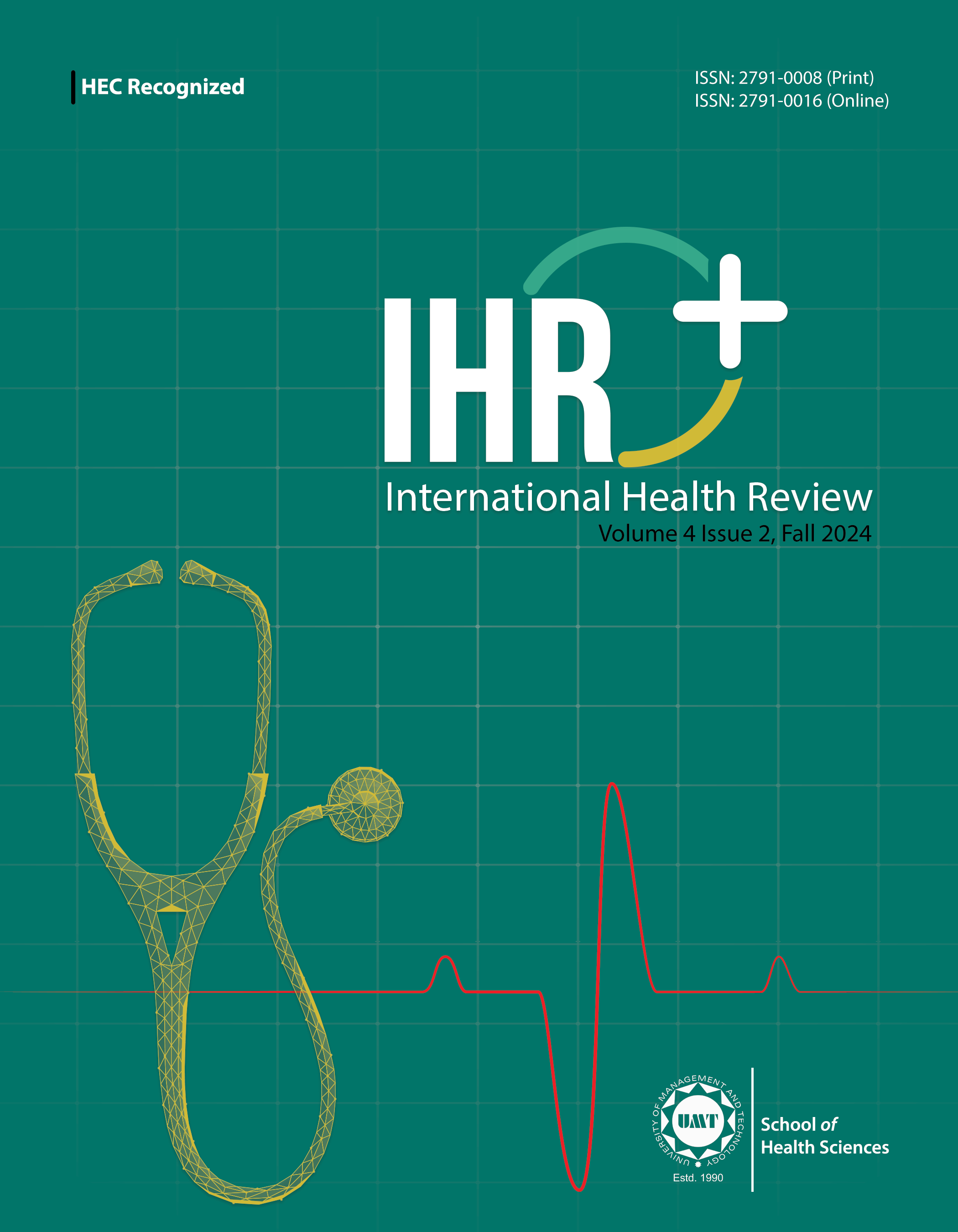Comparative Study of Multi-detector Computed Tomography and Ultrasonography Findings in Blunt Abdominal Trauma in Tertiary Care Hospitals of Central Punjab
Abstract
 Abstract Views: 0
Abstract Views: 0
Evaluating patients with blunt abdominal trauma (BAT) remains a resource-intensive area of trauma care. Blunt abdominal trauma diagnosis is challenging due to non-specific symptoms and imaging difficulties. Ultrasonography (USG) is a non-invasive imaging modality with high sensitivity value. USG always remains controversial in diagnosis of blunt abdominal injuries in comparison. The current study is based on a "comparative study design" in which information was gathered from patients at tertiary care hospitals in central Punjab. The study was conducted over a period of two months, from June 2023 to August 2023, and included a total of 78 participants. The study reveals that USG was 95.23% sensitive and 75.25% specific, while computed tomography was 98.3% sensitive and 100% specific in identifying all solid abdominal lesions. The sensitivity of USG was 90%, 93.8%, 60%, 40%, and 11% for the diagnosis of spleen, liver, kidney, pancreatic, and intestinal lesions, respectively. The sensitivity of a CT scan was 100% for detecting injuries to the spleen, liver, pancreas, and kidney, and 80% for injuries to the colon. On USG and CT, the sensitivity for mesentery detection was 0% and 2.8%, respectively. 37 patients were at high risk on the basis of BATTS score, whereas 21 patients were at low risk and remaining 20 patients were under intermediate risk. Whereas BMI underweight, overweight, obese and normal were (20.5%), (19.2%), (14.1%) and (46.2%) respectively in our study; distension, abdominal organ injury. The most sensitive and specific diagnostic tool for evaluating the abdomen is CT, which helps physician determine the best course of treatment. The damage in blunt abdominal injuries can be accurately and precisely identified by computed tomography. However, USG remains the preferred initial investigation.






